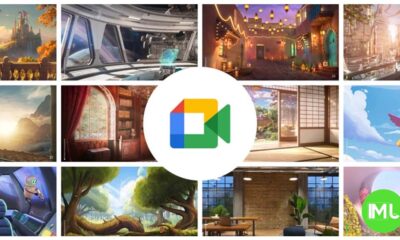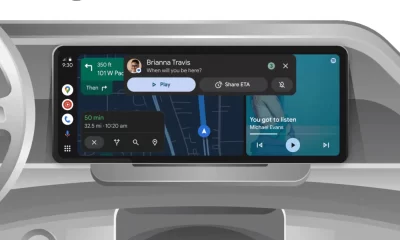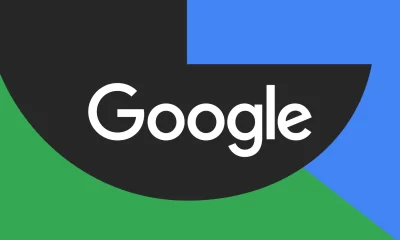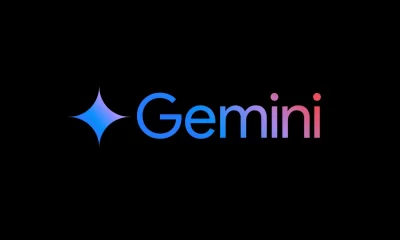Android
Google app updates enhance navigation and focus on visual search
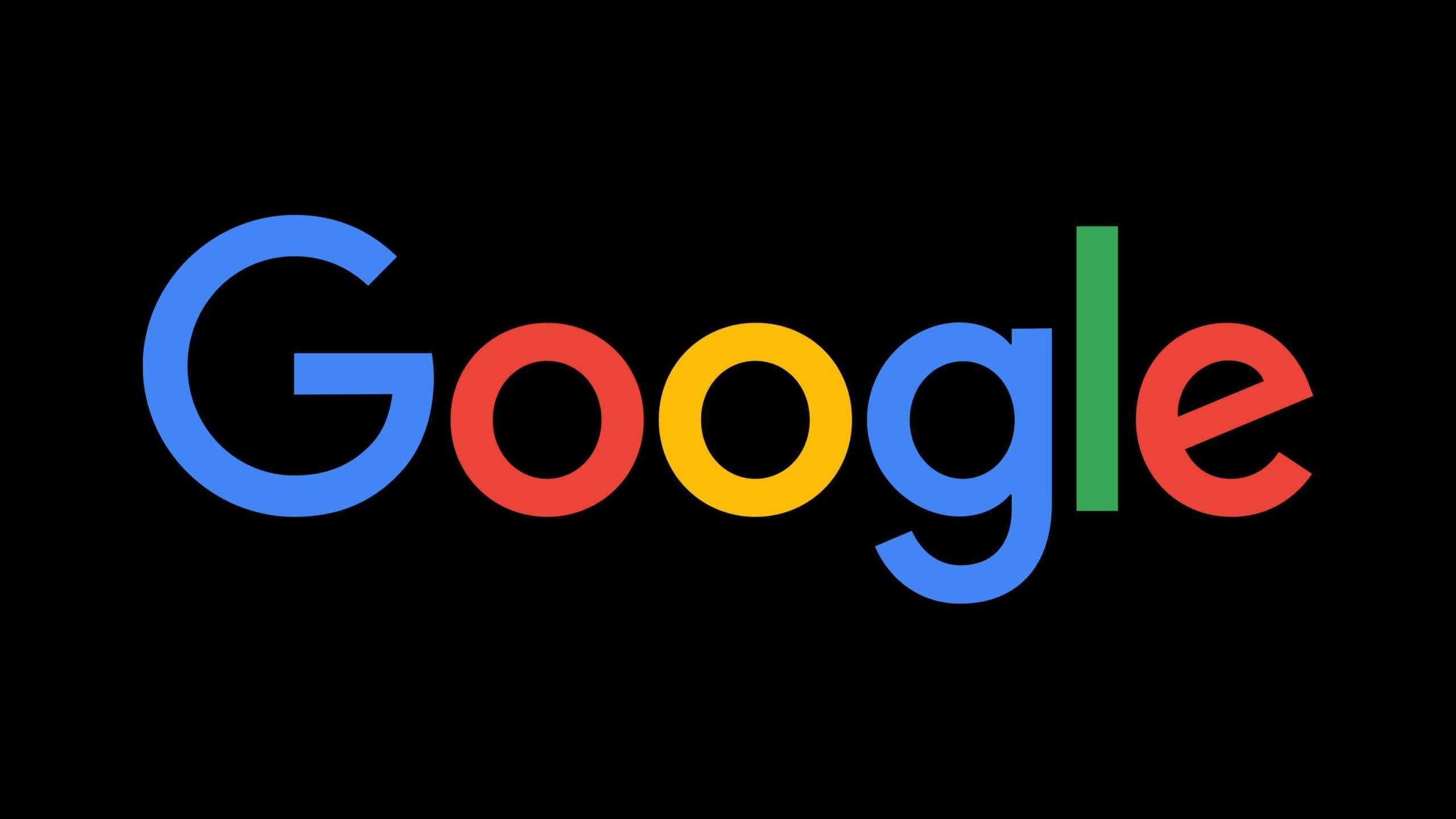
In the ever-evolving landscape of mobile technology, user experience is paramount. Google, a dominant force in the digital world, continues to refine its mobile app, introducing several key updates designed to enhance navigation, streamline search functionality, and prioritize visual discovery. These changes, ranging from interface tweaks to a renewed focus on Google Lens, reflect Google’s commitment to providing a seamless and intuitive mobile experience.
One of the most noticeable changes is the introduction of a new bottom toolbar within the Google app for Android users. This subtle yet significant shift in interface design aims to declutter the user interface and provide more convenient access to essential functions. Previously, controls such as closing the tab, minimizing the tab, accessing site information, sharing links, and adding to collections were all crammed into a top bar. This often resulted in a visually cramped space, making it difficult to even read the full page title.
The new bottom toolbar simplifies this experience by consolidating key actions – Save, Search, and Share – into a more accessible location. This change is particularly beneficial for one-handed use, making it easier to share articles or perform new searches based on the content being viewed. The toolbar intelligently disappears as the user scrolls, minimizing any impact on screen real estate. This new UI is currently in beta testing and is expected to roll out to the stable channel soon. It’s important to note that this update applies to pages opened within the Google app, including Discover articles and Search results, but not to pages opened through Google Lens or Circle to Search.
Beyond interface tweaks, Google is also placing a renewed emphasis on visual search with significant updates to Google Lens. Recognizing the growing popularity of visual search tools like Circle to Search, Google has redesigned the Lens experience to prioritize immediate camera access. Previously, launching Google Lens would open a gallery view, displaying existing images and screenshots with a small live preview at the top. This required an extra tap or swipe to activate the camera viewfinder.
Now, Google Lens launches directly into the camera viewfinder, allowing users to instantly capture and analyze real-world objects. This change streamlines the visual search process, making it faster and more intuitive. This update is available on both Android and iOS platforms, reinforcing Google’s commitment to visual search across its mobile ecosystem. This shift makes perfect sense; with Circle to Search becoming the go-to tool for on-screen visual searches, Lens can solidify its place as the primary tool for real-world visual exploration.
Further refinements to Google Lens include a circular preview of the last captured image, replacing the previous rounded square format. This small change adds a touch of visual polish to the interface. Additionally, Google has retained the history button, introduced earlier in the year, which allows users to easily revisit previous visual searches. These incremental improvements demonstrate Google’s ongoing dedication to refining the Lens experience.
In addition to these enhancements, Google has also been exploring advanced features within Lens. Last year, they streamlined voice input, allowing users to long-press the camera button to append text queries to their visual searches. Furthermore, through Search Labs, Google is testing video search functionality, pushing the boundaries of visual search capabilities.
While Google is making strides in mobile search and visual discovery, a recent report has shed light on the usage of in-car infotainment systems. According to the Morgan Stanley Audio Entertainment Survey, Android Auto usage has seen a slight decline year-over-year, while Apple CarPlay has experienced growth. This shift could be attributed to various factors, including users switching between Android and iOS devices or upgrading to vehicles with integrated systems that reduce reliance on Android Auto.
However, the report also reveals a significant success story for Google in the automotive space: YouTube Music. The streaming service has seen a surge in popularity among drivers, even on Apple CarPlay. This suggests that YouTube Music’s appeal transcends platform boundaries, offering a compelling listening experience for users regardless of their mobile operating system. The report indicates that YouTube’s in-car usage is on par with long-established services like SiriusXM and significantly ahead of competitors like Spotify and Apple Music. This data underscores the growing importance of streaming services in the automotive entertainment landscape and highlights YouTube Music’s success in capturing a significant share of this market.
In conclusion, Google’s recent updates to its mobile app and focus on visual search through Google Lens demonstrate a clear commitment to enhancing the user experience. By streamlining navigation, prioritizing visual discovery, and adapting to evolving user needs, Google continues to solidify its position as a leader in mobile technology. While challenges remain in the automotive sector with Android Auto, the success of YouTube Music highlights Google’s ability to innovate and capture new markets.
Android
Easy ways to change Android Auto’s look with light and dark themes
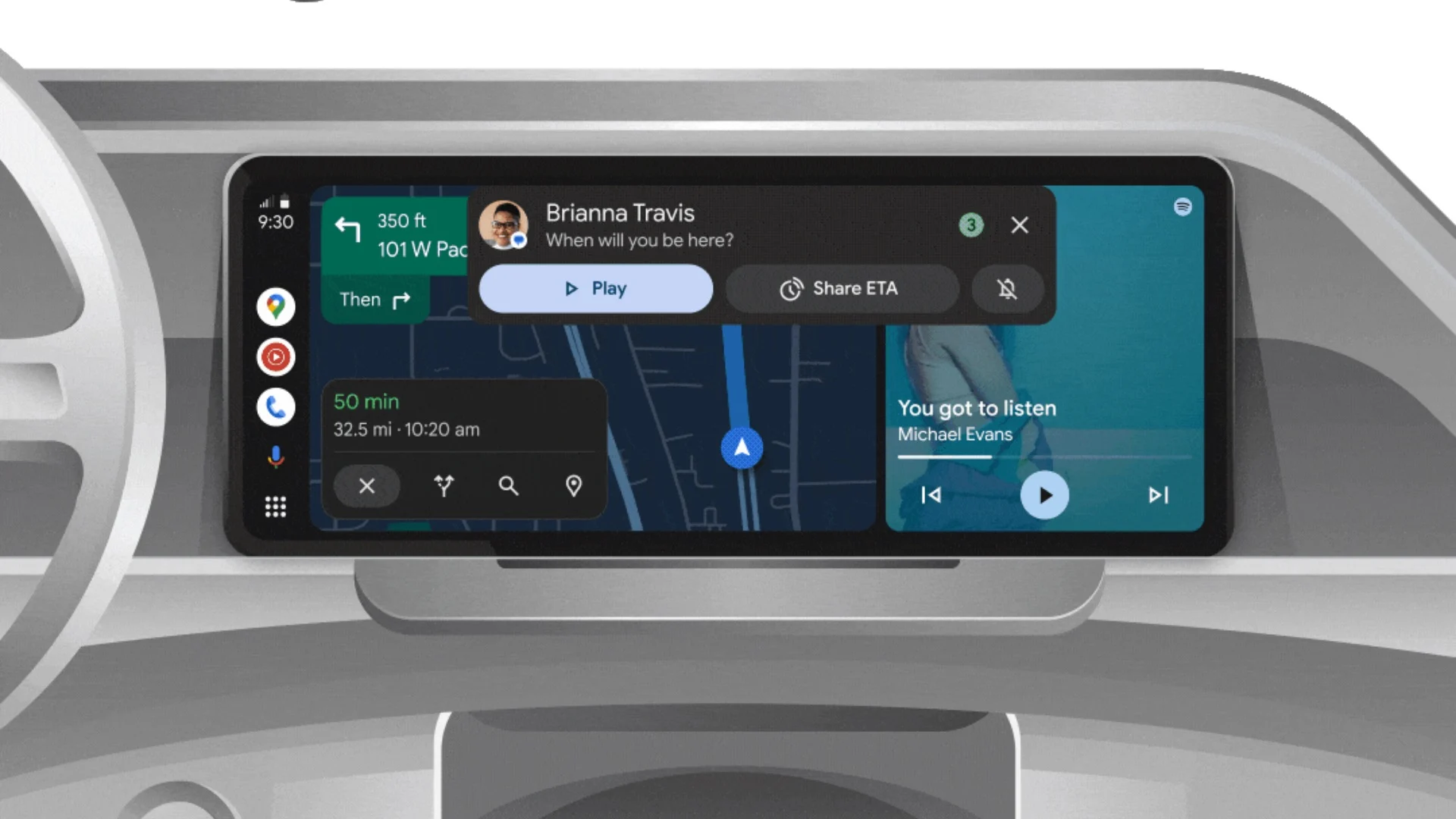
Android Auto is a helpful tool that lets you use your phone’s apps safely while driving. It connects your phone to your car’s screen, making it easier to use maps, music, and calls. One of the features many people like is the ability to change how Android Auto looks by switching between light and dark themes.
How to switch between light and dark themes
Android Auto offers two main themes: light and dark. The light theme uses brighter colors, which can make the screen easier to see during the day. The dark theme uses darker colors, which can be more comfortable for your eyes at night or in low light.
To change the theme, follow these steps:
- Open the Android Auto app on your phone.
- Go to the settings menu.
- Find the “Theme” option.
- Choose between “Light,” “Dark,” or “Set by car” (this lets your car decide the theme based on the time of day or your car’s settings).
Why themes matter
Using the right theme can make driving safer and more comfortable. The light theme is good for bright days, while the dark theme helps reduce glare at night. Having these options means you can pick what works best for you, making Android Auto easier to use in any condition.
In short, Android Auto’s theme options are simple to use and help you drive more safely by making the screen easy to see, no matter the time of day.
Android
Google’s New Updates: Gemini 2.5 Pro, Android 16 features, and Messages change
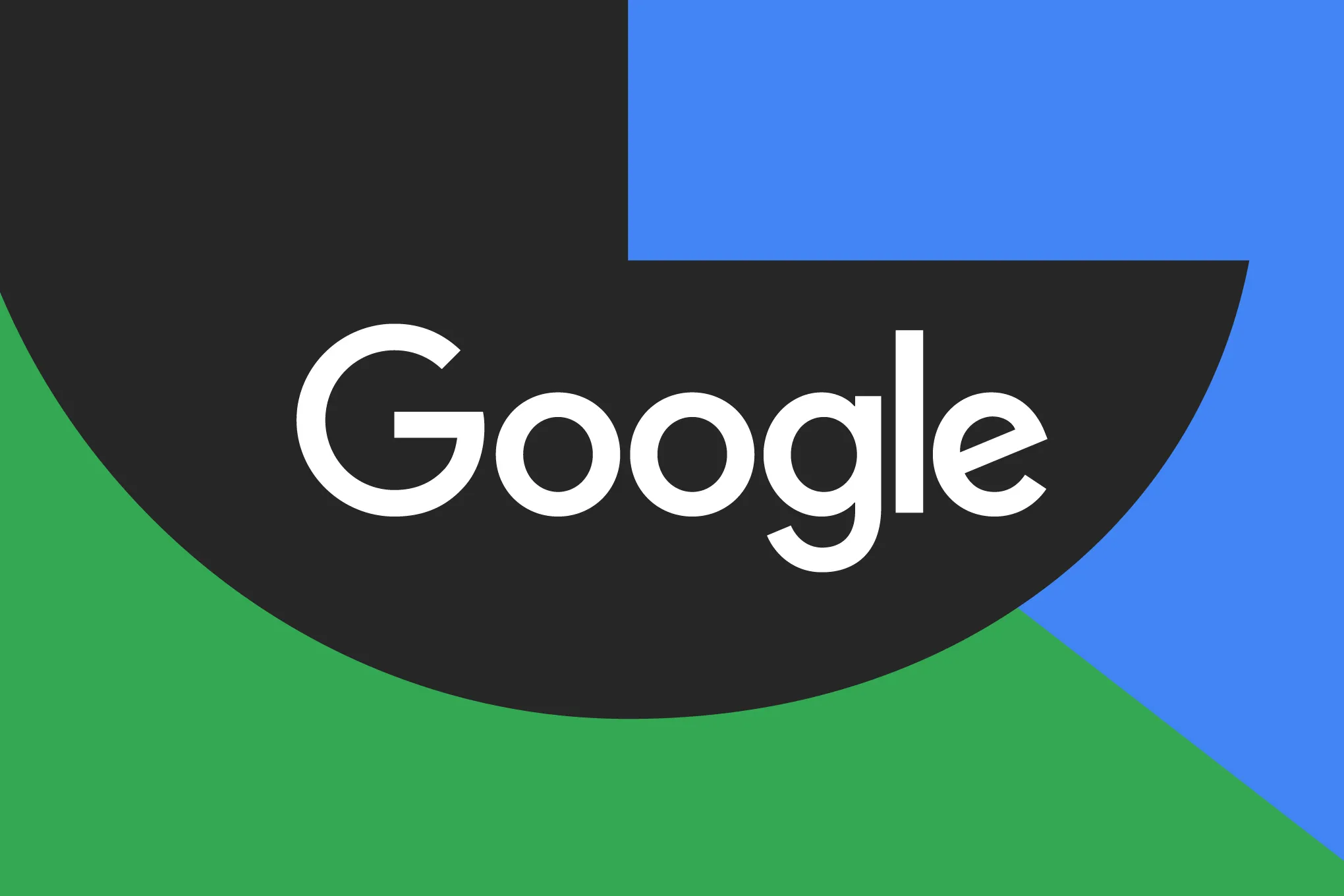
Google has just rolled out some exciting updates across its services and apps. Here’s a simple breakdown of what’s new and what it means for you.
Gemini 2.5 Pro is here
Google has launched Gemini 2.5 Pro, the latest version of its AI model. This upgrade brings smarter and faster responses, making it easier for users to get helpful answers. Gemini 2.5 Pro is now available in Google’s AI Studio and Vertex AI, so developers can build even better tools and apps using this technology.
Android 16 brings more customization
Android 16 is adding new ways to personalize your phone. One of the standout features is the ability to hide the clock on your lock screen, giving you a cleaner look if you want it. This is part of Google’s push to let users make their phones feel more unique. There’s also a new animation for the power button, making the experience smoother and more modern when you turn your phone on or off.
Google Messages removes the unsubscribe button
If you use Google Messages, you might notice that the “Unsubscribe” button is gone from some business messages. Google has removed this feature, so users now have to find other ways to stop unwanted texts. This change might make it a bit harder to manage spam, but Google hasn’t said why the option was removed.
What does this mean for you
These updates show that Google is focused on making its products smarter and more personal. Whether you’re using AI tools, customizing your phone, or managing your messages, you’ll see some changes that aim to improve your experience.
Android
Here’s what’s new with Google Keep and Android Automotive apps

Google Keep is getting a fresh look with the new Material You design, making it more colorful and easier to use on Wear OS smartwatches. The update brings bigger buttons and clearer text, so you can quickly jot down notes or check your lists right from your wrist. This makes Google Keep more handy when you’re on the go and don’t want to pull out your phone.
On another front, Android Automotive is improving how apps show information while you drive. Instead of opening full apps, you’ll see simple cards on your car’s screen that give you important details at a glance.
These cards help keep your focus on the road by showing things like music controls, navigation updates, or reminders without distractions. This new card system is designed to work smoothly with apps like media players and navigation tools, making your driving experience safer and more convenient.
Together, these updates show Google’s effort to make its apps smarter and easier to use in everyday life, whether you’re walking around with your smartwatch or driving your car. The focus is on clear, simple designs that help you get things done quickly without hassle.
In short, Google Keep’s new look on Wear OS and the smart cards in Android Automotive are small but useful changes that make tech fit better into your daily routine.
-
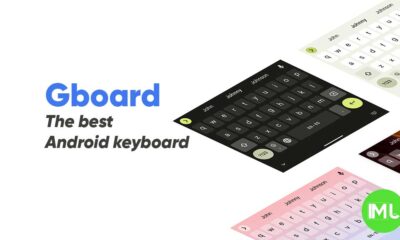
 Apps1 year ago
Apps1 year agoGboard Proofread feature will support selected text
-
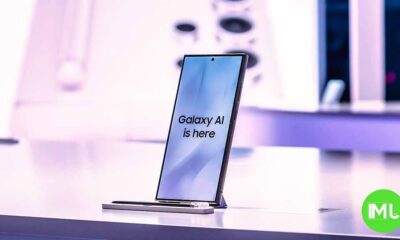
 News1 year ago
News1 year agoSamsung USA crafting One UI 6.1.1
-

 Apps1 year ago
Apps1 year agoGoogle Contacts app testing new Besties Widget
-
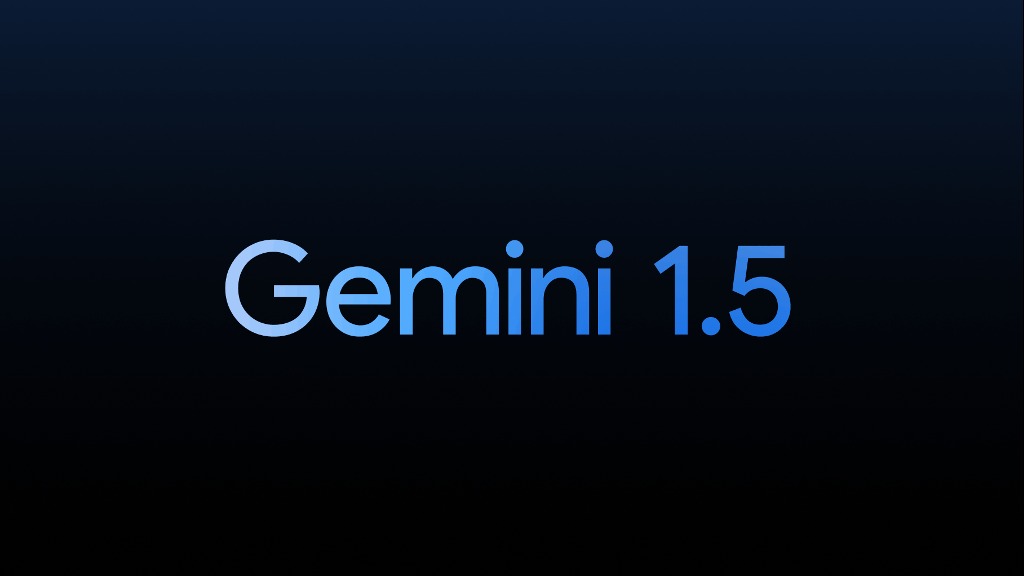
 AI12 months ago
AI12 months agoGoogle Pixel 9 Pro may come with a complimentary one-year Gemini Advanced subscription
-
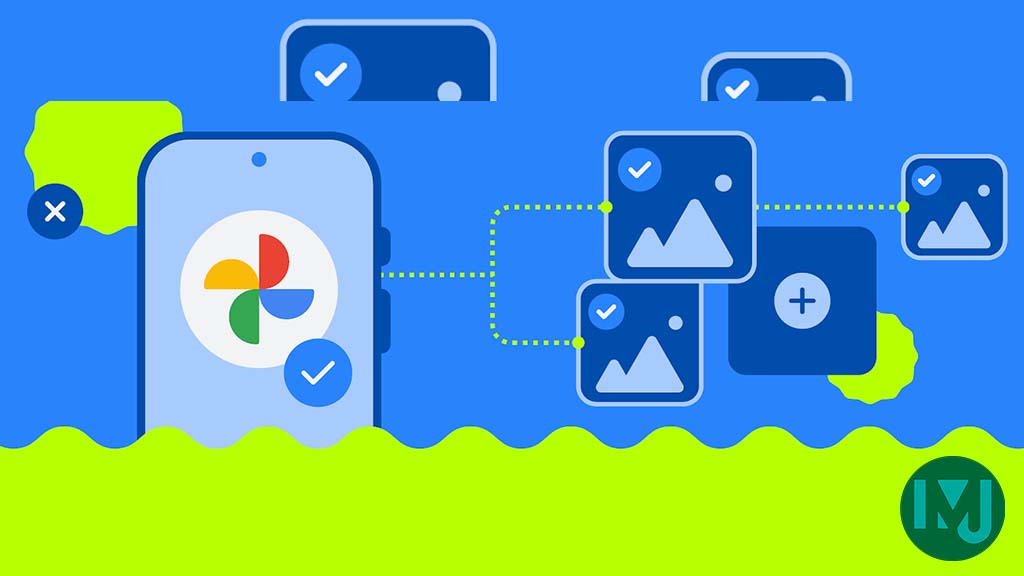
 Apps12 months ago
Apps12 months agoGoogle working on a new video editing feature for its Photo app
-
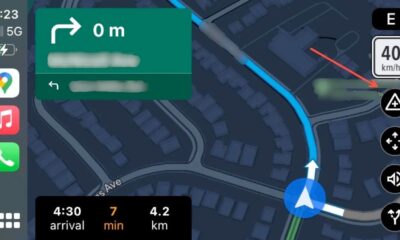
 Apps12 months ago
Apps12 months agoGoogle Maps lets you report traffic jams and accidents on Apple CarPlay, but not on Android Auto
-

 Apps1 year ago
Apps1 year agoGoogle Messages app will transform MMS chats into RCS
-

 News1 year ago
News1 year agoBreaking: Samsung Galaxy S22 may get Galaxy AI features

